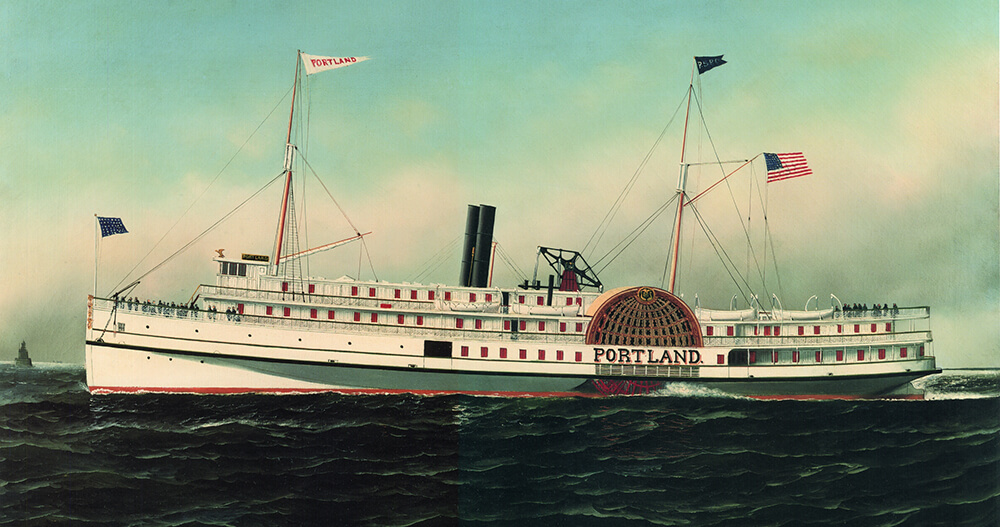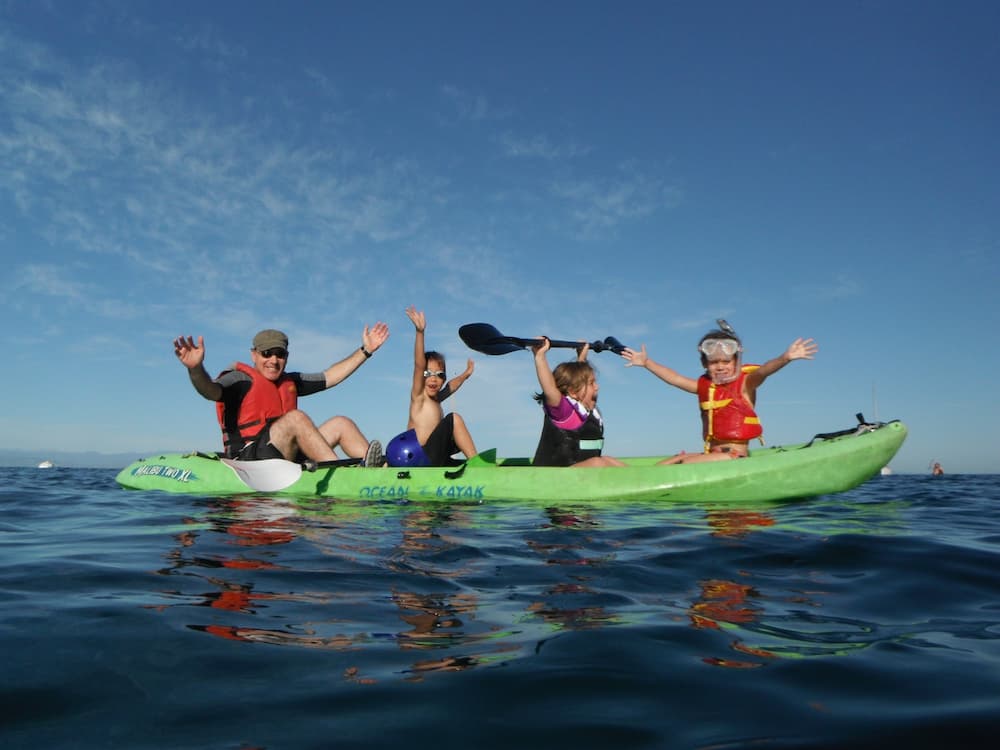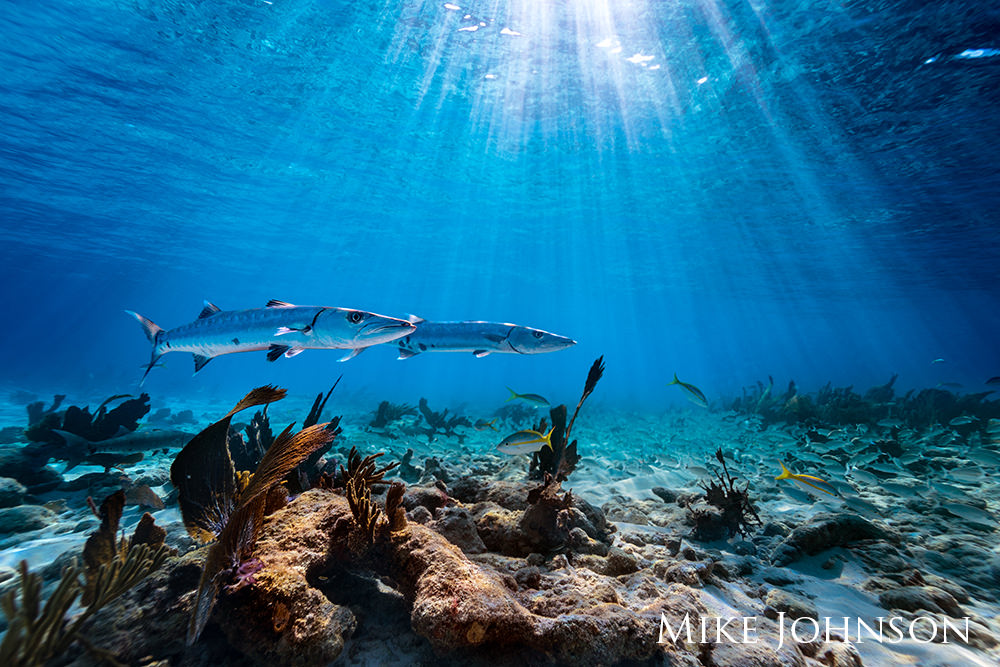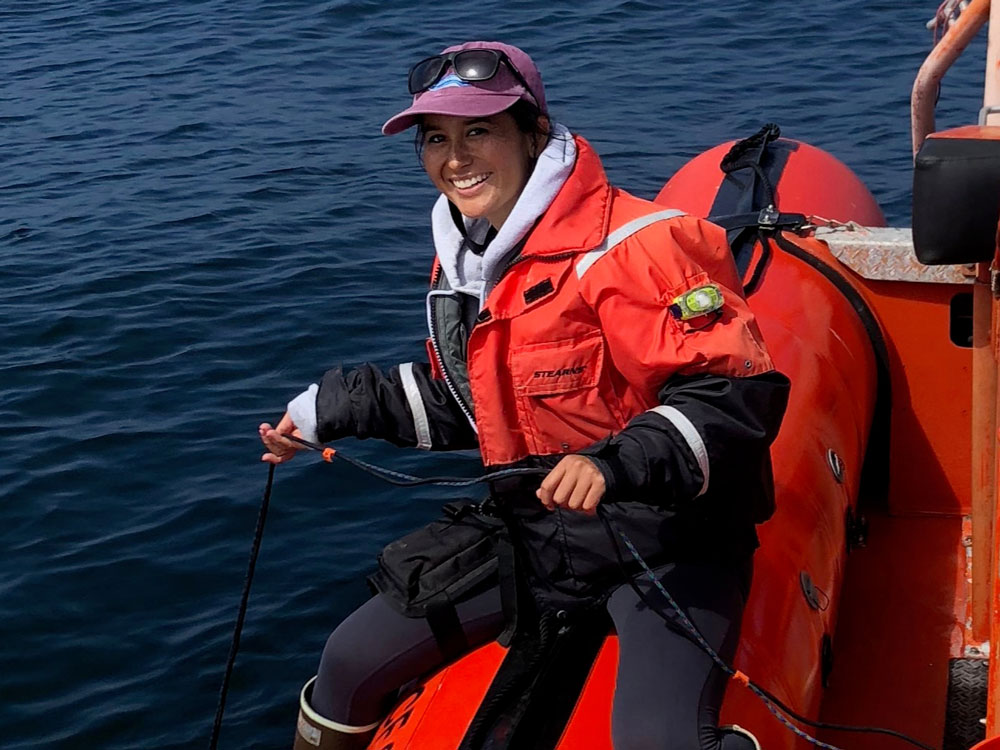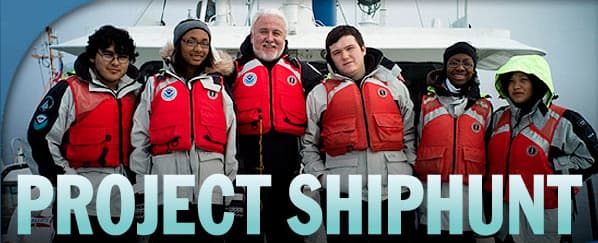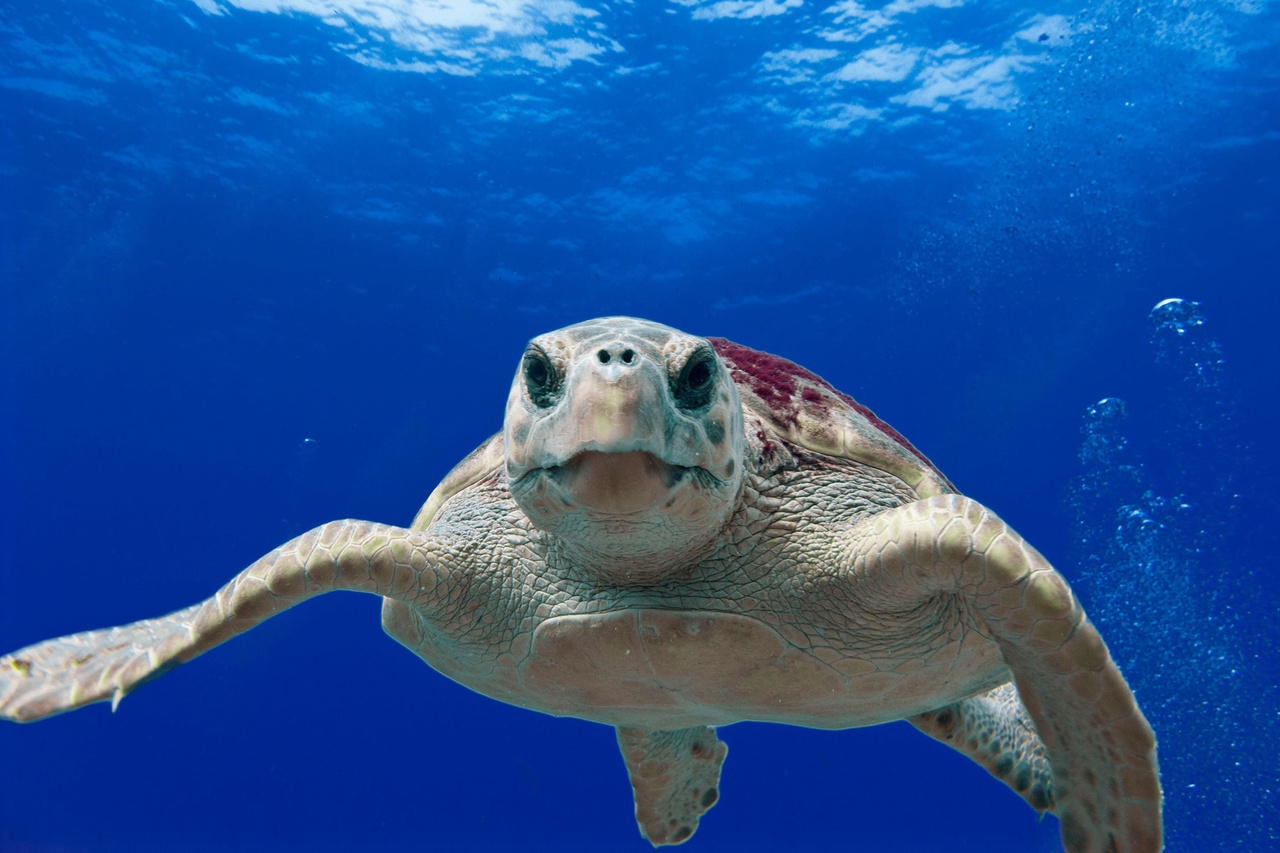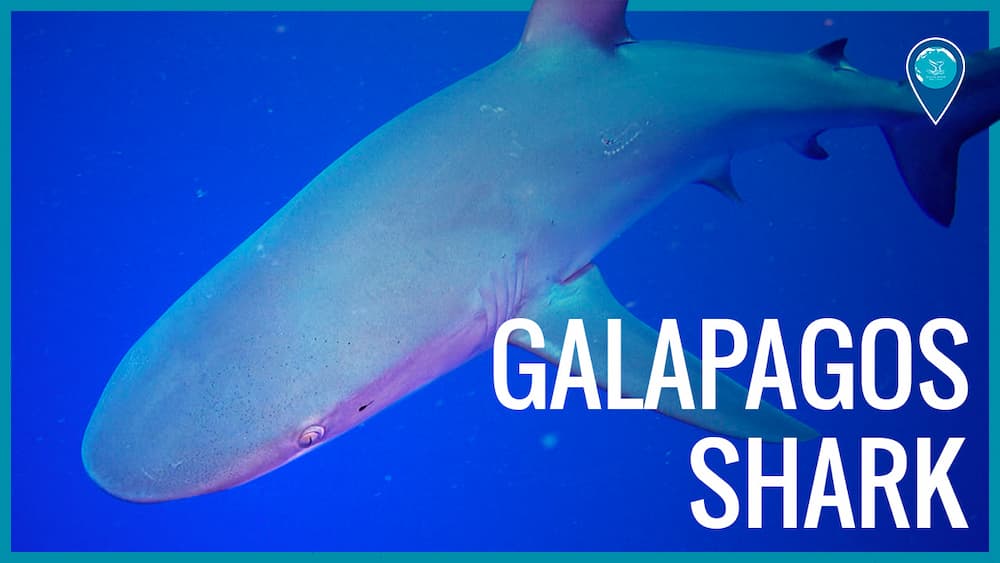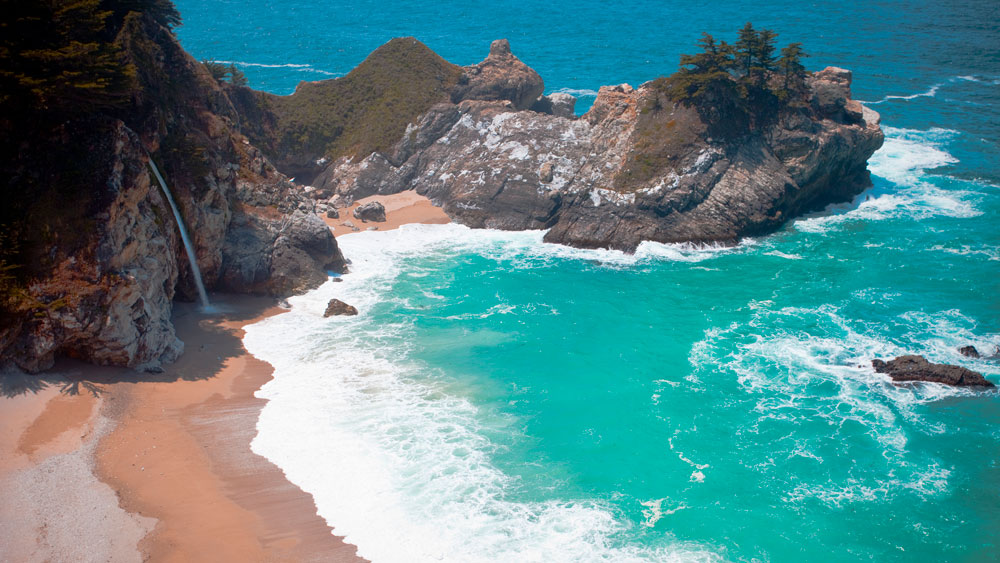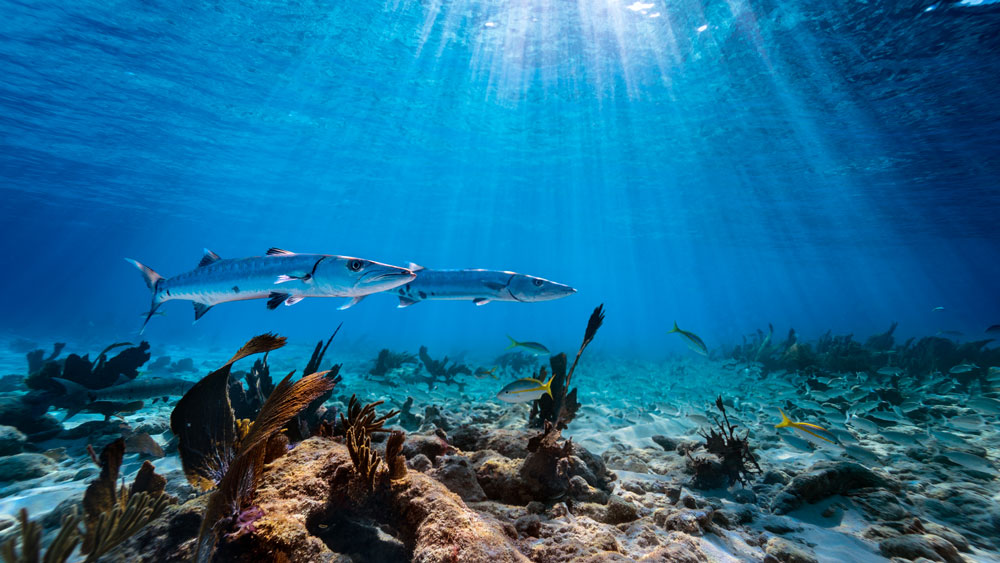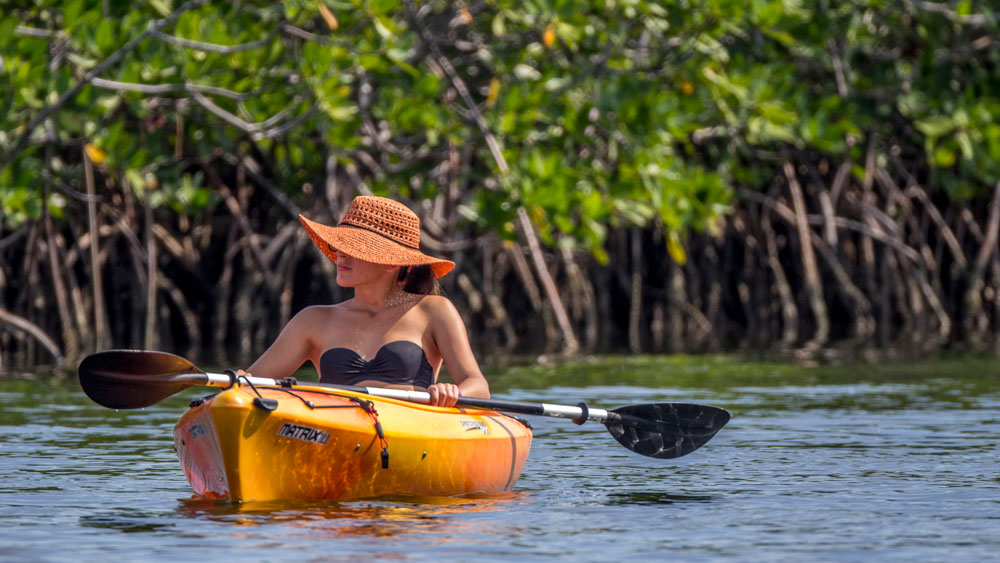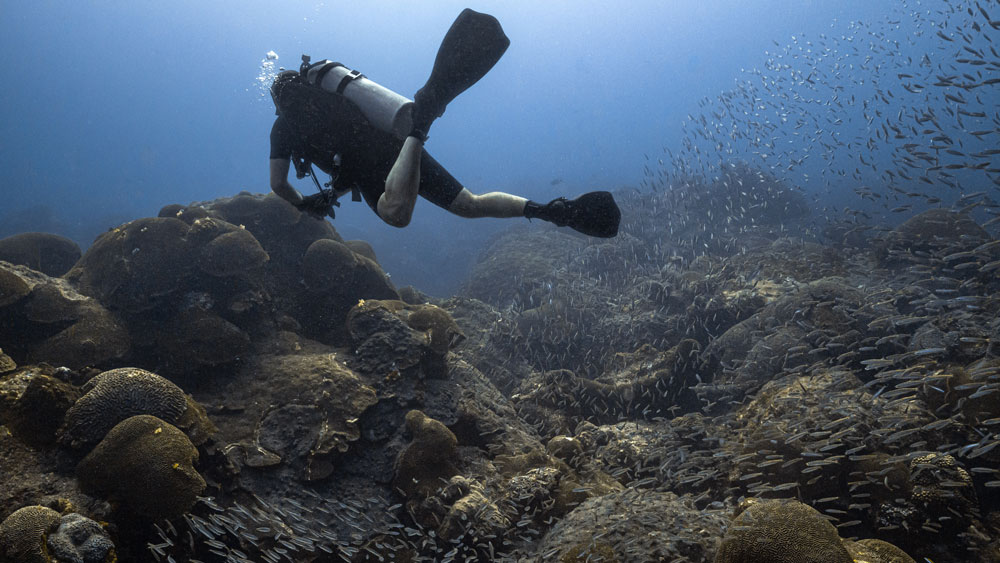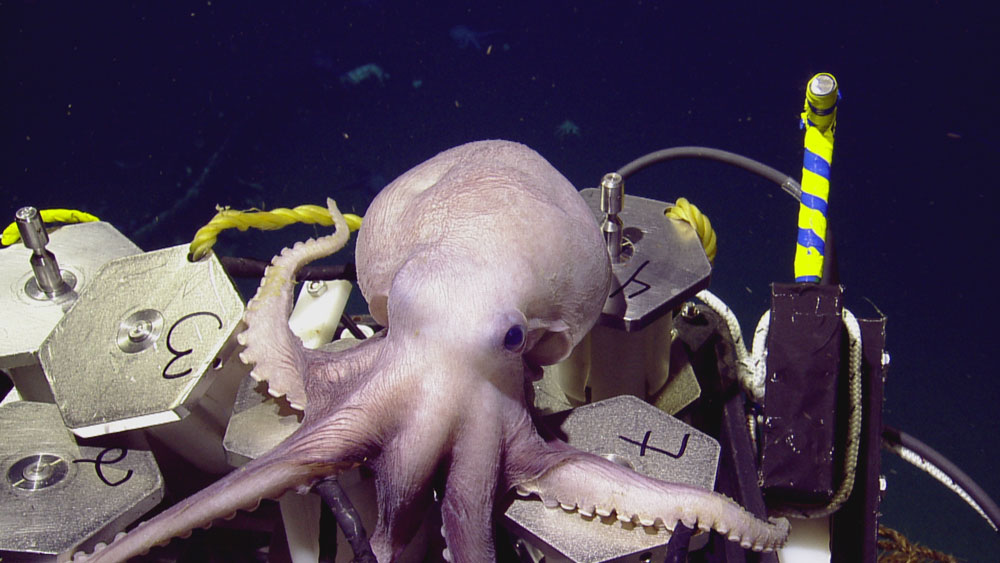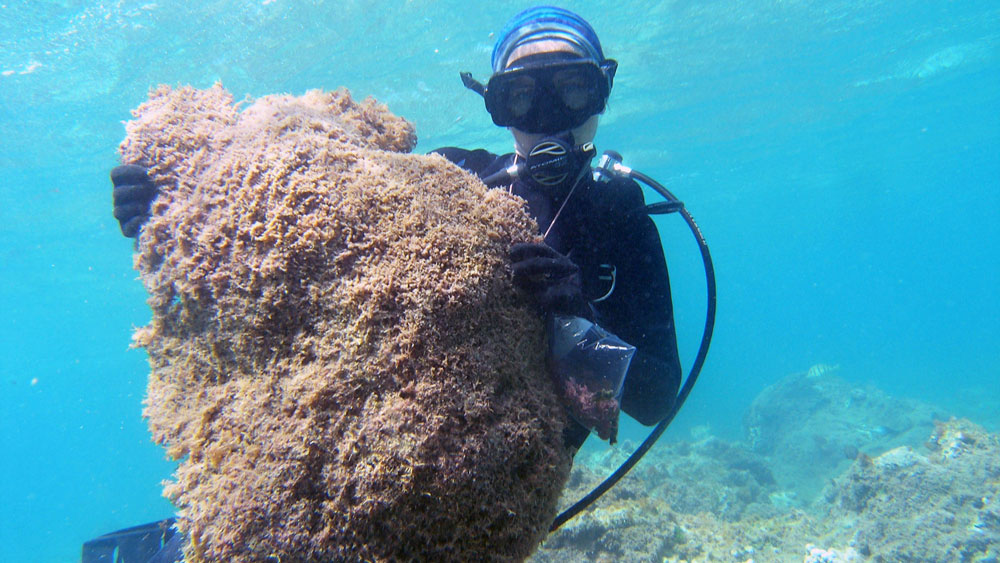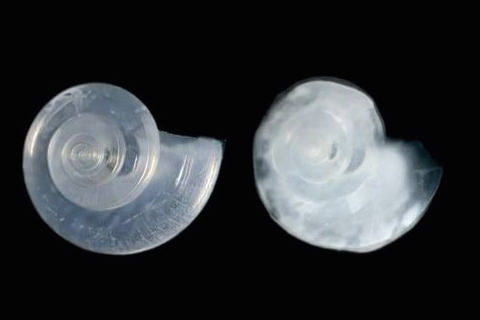Celebrate the Ocean
Sea to Shining Sea Newsletter - July 2020
Few places can compete with the diversity of the National Marine Sanctuary System, which protects America's most iconic natural and cultural marine resources. Throughout the system, we work with diverse partners and stakeholders to promote responsible and sustainable uses that ensure the health of our most valued ocean places. These ocean parks are open to the public, and we invite you to enjoy them and join us as we explore the depths of the ocean.
Watch Live - Exploring Shipwrecks in Stellwagen Bank National Marine Sanctuary
Today through August 27, tune in live as Woods Hole Oceanographic Institution and Marine Imaging Technologies explore the life and shipwrecks of Stellwagen Bank National Marine Sanctuary. Research will focus on the wreck of the steamship Portland and a mystery coal schooner located within the sanctuary.
Discover National Marine Sanctuaries on the ParkPassport Mobile App
On the ParkPassport mobile app, you can now dive into the National Marine Sanctuary System. In collaboration with the National Park Trust, Blue Star Families, and the National Marine Sanctuary Foundation, NOAA is providing an easier way to explore the ocean and Great Lakes. Learn more about the app here.
Get Into Your Sanctuary 2020 Photo Contest!
To celebrate the beauty of NOAA’s National Marine Sanctuary System, we are accepting submissions for the annual Get Into Your Sanctuary photo contest. Winning photos will be featured in the Earth is Blue Magazine, Get Into Your Sanctuary recreation magazine, and the Earth is Blue social media campaign. Click here to learn more about the photo contest. Click here to learn more about the photo contest.
Celebrating the 2020 Nancy Foster Scholars
NOAA’s Office of National Marine Sanctuaries has selected three graduate students as recipients of the Dr. Nancy Foster Scholarship, representing graduate-level areas of study such as marine biology, oceanography and maritime archaeology. The scholarship recognizes outstanding scholarship and encourages independent graduate level research, particularly by female and minority students.
Webinar - Using Film to Drive Social Change
n 2011, five high school students took on the adventure of a lifetime during Project Shiphunt. Join the webinar to learn more about this experience from one of the students, Tirrea Billings.
$226 Million Goes Toward Gulf Restoration
NOAA Fisheries announced a new five-year agreement with the Gulf States Marine Fisheries Commission and an initial award of $870,592 to help restore recreational fish species impacted by the 2010 Deepwater Horizon oil spill under NOAA’s Damage Assessment, Remediation, and Restoration Program.
Video - Galapagos Sharks
Galapagos sharks are a fairly common sight in the protected waters of Papahānaumokuākea Marine National Monument. Get to know these impressive creatures in our new Earth Is Blue video!
Provide Input on Monterey Bay National Marine Sanctuary’s Draft Management Plan
Monterey Bay National Marine Sanctuary is a hotspot for wildlife watching and responsible recreation. NOAA is proposing changes to the site’s management plan and minor changes to the regulations of the sanctuary. Interested members of the public can provide input on the proposal through September 4, 2020.
Click here for more information on how to submit comments or register for public meetings.
Get Into Your Sanctuary Photo Contest Open Through Labor Day
The Get Into Your Sanctuary Photo Contest is now open! Send us your best photos of the National Marine Sanctuary System by Labor Day (September 7) and you could be featured in our annual Earth Is Blue Magazine, the Get Into Your Sanctuary recreation magazine, as well as the Earth Is Blue social media campaign.
Recreating Responsibly in Florida Keys National Marine Sanctuary
At Florida Keys National Marine Sanctuary, the Leave No Trace Hot Spot program reminds us how we can help preserve marine resources through our actions. A team of trainers from Leave No Trace worked with hundreds of locals and visitors to communicate the Seven Principles of Leave No Trace. Read more here!
Get Into Your Sanctuary July 31st-August 2nd!
Join us virtually to learn about the National Marine Sanctuary System! Tune into our LIVE Get Into Your Sanctuary programming July 31 to August 2, by visiting our Facebook page! Each national marine sanctuary will host virtual programs, including live tours, cooking demonstrations and shipwreck discovery stories.
Oasis in the Deep: Davidson Seamount
Davidson Seamount is a deep sea region in the Monterey Bay National Marine Sanctuary. Once underwater volcanoes that emerged from the seafloor, seamounts are hotspots for biodiversity both above and below the ocean’s surface. Explore Davidson Seamount in Monterey Bay through remotely operated vehicles dives here.
Newly-Named Alga Chondria Tumolsa
In 2019, divers discovered a new type of algae in Papahānaumokuākea Marine National Monument. Almost one year later, researchers have named this algal species Chondria tumolsa, yet its origin remains unknown. Read more about the newly discovered algae here!
Webinar Series - Understanding Ocean Acidification
Learn about ocean acidification using NOAA’s new educational tool, Data in the Classroom. Data in the Classroom is designed to help teachers and students use real scientific NOAA data to explore dynamic Earth processes and understand the impact of environmental events.
August 13, 2020 at 3 pm Pacific / 6 pm Eastern - Register Today


